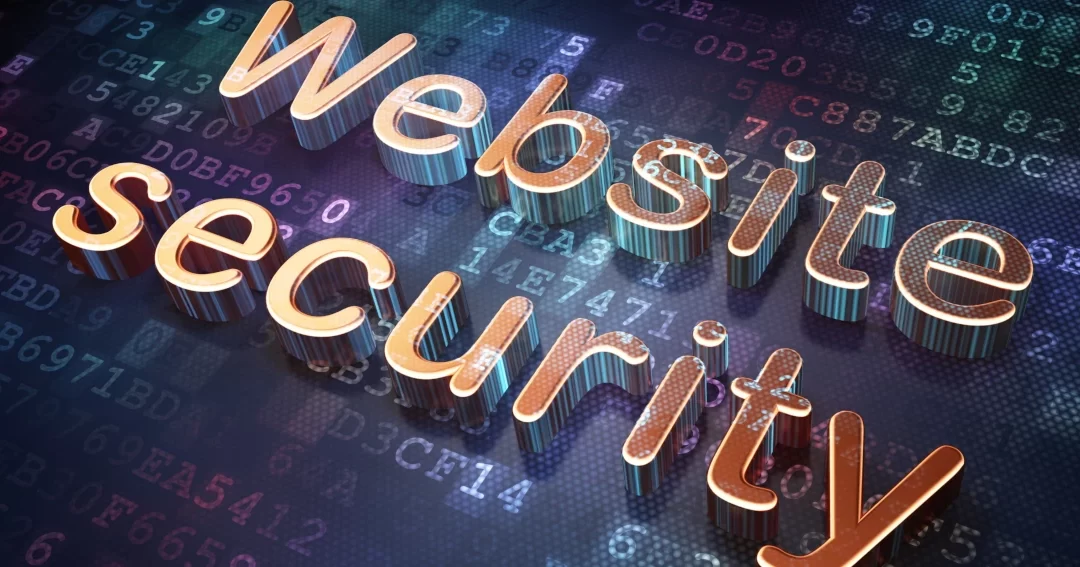

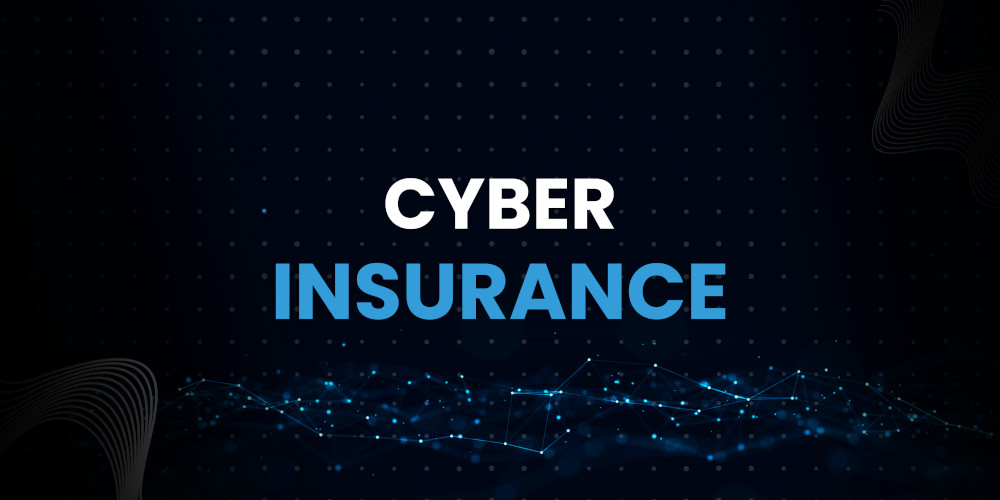
Cybersecurity Insurance for Small Business Owners: Protecting your Digital Fortress
We are living in a world where technology is driving businesses of all sizes and cybersecurity has become a top priority. Small business owners are no exception to the threats of cyberattacks and data breaches. The stakes are high, and the consequences can be...
12 Proactive Measures to Fortify Your Business’s Cybersecurity
Safeguarding your business against the ever-evolving realm of cyber threats has become an immediate and critically important responsibility. As cybercriminals get smarter with their tactics, it’s clear that just reacting to issues as they happen is not enough....
How Much Could a Cyberattack Cost Your Business?of
Exploring the Modern Threat Landscape The rising tide of cybercrime, coupled with the evolving tactics of cybercriminals and the borderless nature of digital transactions, is making it increasingly difficult to gauge the overall economic impact of cybercrime. In the...
Protecting Your Website from Cyberattacks
It is more important than ever before to protect your website from cyberattacks. In today’s digital age, website security is a pressing concern for all businesses, large and small. A cyberattack against a public-facing website can have major repercussions,...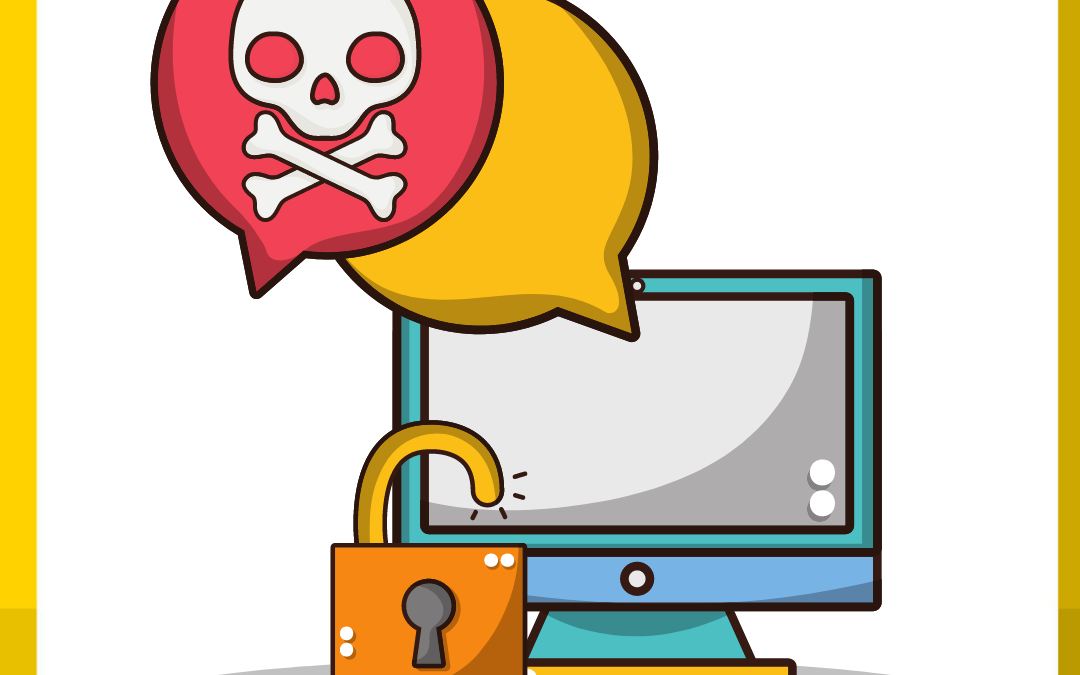
Cybersecurity Tips for Small Businesses
The idea that only large companies or governments are attacked by hackers is a misconception. The latest studies show that 22% of small businesses were attacked cybernetically in 2020. Most hackers are opportunists. Large companies have a much larger budget more complicated to access. Small businesses on the other hand are the perfect target for hackers.
The positive part is that investing in cybersecurity protection strategies will help keep hackers away from your business.
Impacts of cyberattacks on small businesses:
A cyber-attack can have a great impact on a small business. In fact, 60% of the small businesses that suffered an attack closed their doors within 6 months after. Some consequences of a cyber-attack on your business might be:
- Financial losses – because they have accessed your accounts.
- Financial losses – because you must halt core business operations while addressing other impacts, and while fixing your security.
- Upfront costs to security experts to help secure your IT infrastructure in the short term.
- Losing your database/s.
- Damage to your reputation by compromising your customer data, forcing you to disclaim your vulnerabilities and fail to protect their data.
Cyber Security Solutions for Small Businesses
Some solutions that can improve your security are:
Identify your vulnerabilities
Determine what your vulnerabilities are in order to know where to focus. Identify the most important data your company keeps. that might be your client database, your intellectual property, inventory, or financial information, etc.
Analyze your processes
Look at your workflows, including yours and that of your staff. Think about how you collect your information, where you store it, and how you delete that data. List all the points through which this data travels and each point where it could be leaked or stolen.
Analyze the consequences
Consider the results of a cybersecurity breach for you, your employees, your customers, and your partners. This is more to understand the risk.

Protect your equipment and devices
The second question is… Where do you store this data? The computers, mobiles, tablets, and other devices likely contain or access that important information. However, since these devices are connected to the Internet and a local network, they are vulnerable to attack.
Here are our guidelines to improve your security across the entire spectrum of your company’s IT systems.
Keep your software updated
A simple and safe way to keep your equipment safe is to regularly update the software of the systems you use.
Microsoft and other software companies are always looking for vulnerabilities in their software. When they find one, they release an update that fixes it for their users. Make sure you download these updates whenever they are released.
Protect yourself from viruses
Install anti-virus software on all computers in the office. Antivirus programs scan incoming email messages, as well as all files on your computer, and delete or quarantine any viruses that are found. Hackers are always creating new viruses, so you should update your antivirus frequently.
Accessing the Internet using a VPN is also a security enhancement. VPNs make tracking your computer or decrypting your data extremely difficult for hackers. A good VPN provider will also send you a security warning when you try to access suspicious URLs.
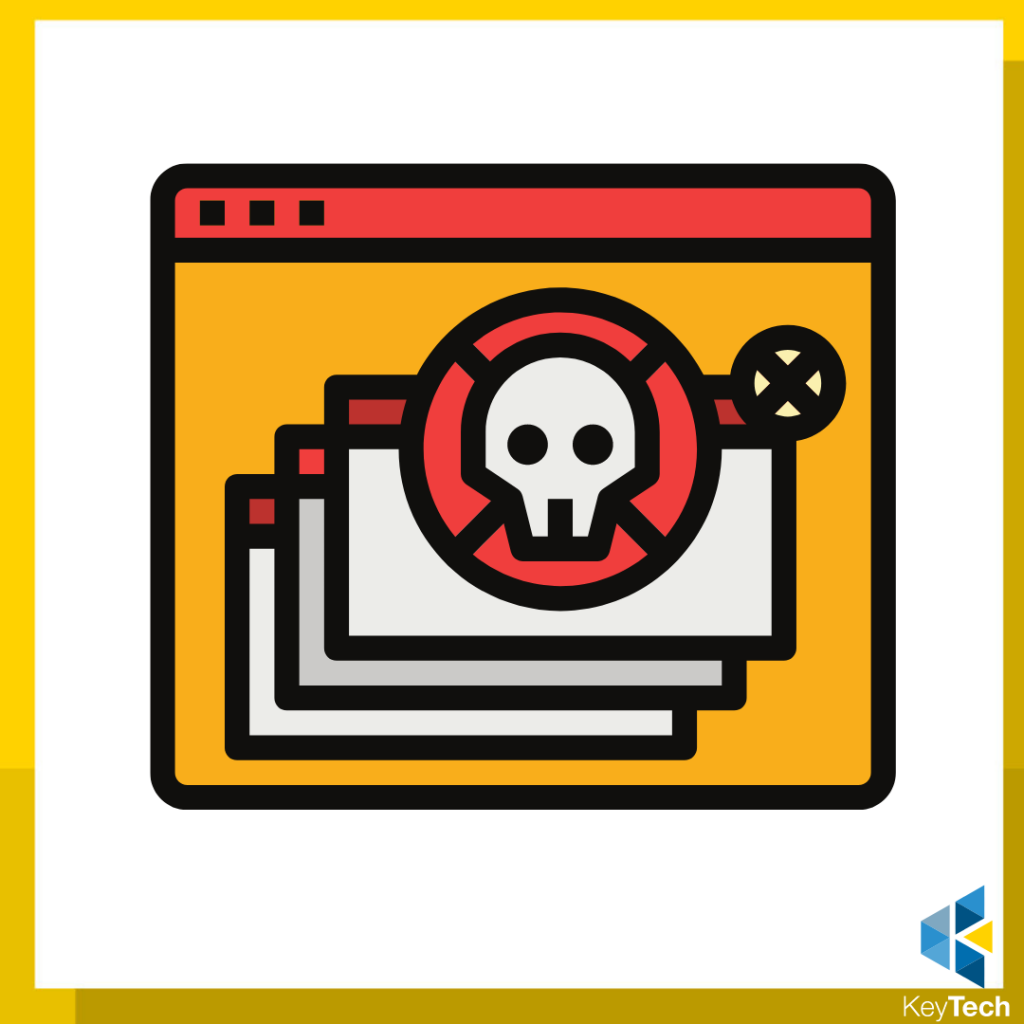
Set up a firewall
Most likely, your office devices are connected to a broadband Internet connection that is always active. Hackers are always probing these networks and looking for vulnerabilities to gain access to your computers.
Installing a firewall is the best way to avoid hackers. Firewalls allowing only authorized traffic into your network. A good firewall examines every packet of data that enters your network, makes sure it is legitimate, and filters out packets that it considers suspicious. Installing a firewall is a complicated process that should only be done by a qualified professional. This makes your job easier; all you need to do is talk to your system administrator and make sure your network is protected.
Precautions for laptops and mobiles
Laptops and mobiles are easy to access, as they are intended to be used outside the office. The risk information on these devices is high. Because you use these devices on public networks. We recommend a series of measures to protect your data; including using strong passwords and backing up data.
You must be prepared for a company mobile to be stolen or lost. If you use a cloud solution, look at the mobile device management features of your provider. The main cloud computing providers allow you to delete the account of a device that is lost.
Protect your data
No matter what type of business you run, your data is the core of the business. Without your customers’ contact information, your inventory, confidential information, and everything else, your business simply won’t be able to operate. Your data can be lost in a thousand ways: hardware can be damaged or broken, hackers can break into your system and take over, or you can suffer a natural disaster. Your objective, therefore, should be to insure yourself against a possible data loss by taking precautions against the worst consequences that it would have.
Online Payments
Recently we have begun the process of moving our customers into WisePay, a third party payment provider that will also give our customers historical easy access to their invoices and accounting with us, as well as plenty of payment options. Such a solution requires a bit of legwork to bring customers on board, but it’s certainly safer and potentially time-saving in the long run. Once up and running, it’ll take a load off the accounts team too.
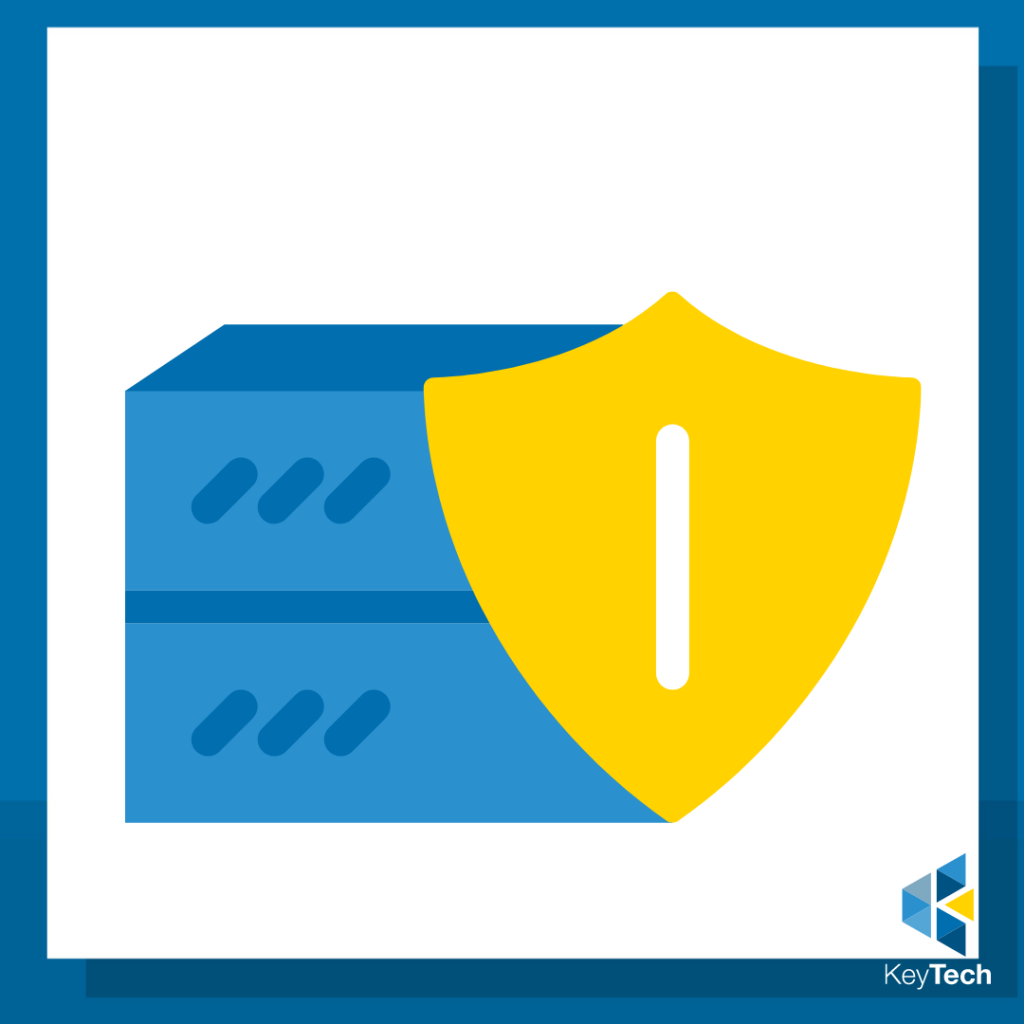
Backups and backups
There are two types of backups. The first is a full backup of all the selected data, saved on another device or transferred to a different medium. The other is a gradual backup, which means adding new data to an existing backup.
The simplest and most efficient method is to combine the two. Perform a full backup periodically and a gradual backup every day in between. Another option is to do a full backup every night after business hours. It is crucial to check that your backups work and to understand how to restore the data.
There are many ways to back up your data. You can store them on a physical device such as a USB drive or secondary hard drive or store them in a shared folder on your network; you should also keep backups in a secure offsite location.
Unfortunately, storing your data in a specific physical location will not help you if a natural disaster or theft occurs there. The safest thing is to invest in a backup system in the cloud. At KeyTech we have a SAS Backup Service that allowing cloud-based collaboration with total security.

Encrypt your information
Most small businesses store their information in a cloud. Some can be a platform like SAAS (Software as a Service) or in a Storage System like Dropbox. When choosing where to store your business information you must examine its security measures.
There are measures to ensure that your data is even more secure in a cloud. For example, encrypt your data. Several programs can help you do this.
Protect your passwords
The most common way to authenticate the identity of whoever accesses your network or your important data is through a password. Unlike other high-tech authentication systems like smart cards, fingerprint scanners, or iris recognition, passwords are useful because they cost nothing and are easy to use. However, they are always susceptible to brute force attacks.
Hackers have developed sophisticated automated tools that allow them to crack simple passwords in a matter of minutes. Another way to access your passwords is to use fraudulent methods like phishing. Pishing is a method in which hackers pose as an official entity (for example Google or Amazon) to trick people into giving them their passwords. It is important that you keep updating your passwords, that you do not keep them in sight, and that you try to create a strong password that is not easily accessible. Creating a stronger password is not that difficult. Use a password tool like this one, which tells you how secure your password is and how long it would take a hacker to crack it.
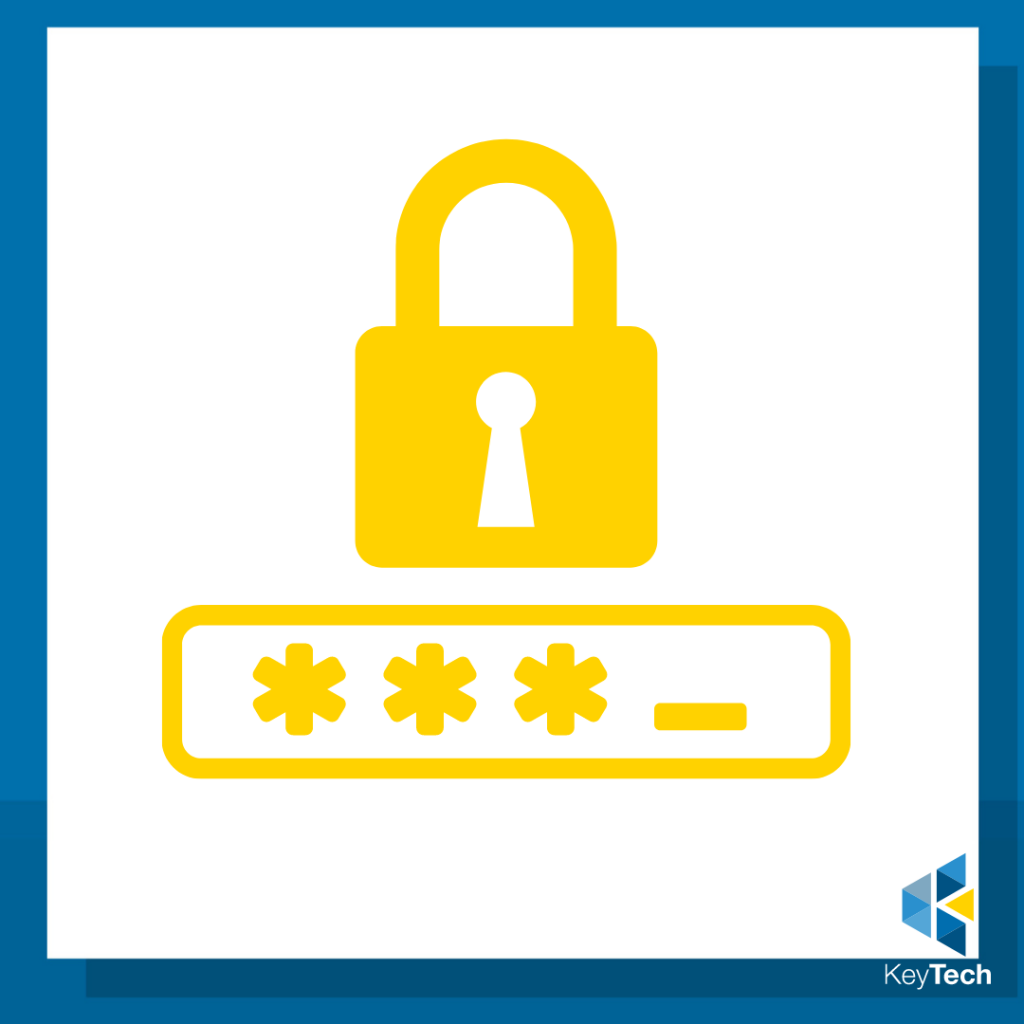
Set access levels and permissions
You must take steps to restrict access to your System. For example, determine access levels and only give people access to what they need, such as installing software – the top level being your systems administrator.
If you’re using Windows, you can assign different permission levels to users based on their roles within the company, and if a staff member is absent for a long period or has left the company, remove their access and permissions as soon as possible.
Be careful when browsing the Internet
When you and your staff surf the Internet, activities are tracked in various subtle and unnoticeable ways. The activity is usually recorded by third parties without any consent. Your employees could browse dangerous web pages that steal your company information. Your personal or business information could be compromised if it is entered on web pages through an unencrypted connection. Set a web use policy that restricts web browsing for personal purposes. Using a good firewall will also help reduce this risk.

Protect confidential information created by remote workers
Many small businesses work with freelancers who work remotely. Remote workers can pose a risk to your cybersecurity. You must know that the networks they use for their work are secure. For example, they can log into your office network and work from there, using remote tools such as Windows’ remote desktop connection feature.
Employee training
Employees can leave your business vulnerable to an attack. Research shows that 43 percent of data loss stems from internal employees who either maliciously or carelessly give cybercriminals access to your networks.
Many scenarios could result in employee-initiated attacks. These can be an employee losing a work tablet or giving away login credentials. They can also include opening fraudulent emails, which deploys viruses on the network.
To protect against threats from within, invest in cybersecurity training for your employees. Educate them what they should do if they get for example a suspicious email.
It is important to encourage a culture of cybersecurity within your company since a single breach could cost your company millions. It should also be a priority for all departments within your organization, not just IT, although your IT experts must be given responsibility and authority to identify and minimize risk. When everyone takes cybersecurity seriously together, you’ll have a much higher chance of success.

Investing in Cybersecurity
Cybersecurity is a preventative strategy: The fact is, all small businesses face a relatively high risk of being attacked. But even with a modest investment in defenses, you should be able to avoid and/or minimize most attacks in 2021 and keep your business moving on up as it should be.

WannaCry Worm causing mayhem
How to stop WCry ransomware infecting your computers
THIS is what you should do when after you turn on your computer this morning to avoid the massive cyber attack.
15 May 2017
Aussies may have missed the worst of the worldwide cyber attack but small businesses are still at risk of being infected by the WCry ransomware. Here is what you should be doing:
- Update your Microsoft Software before opening emails.
- Be vigilant before clicking on links, check urls!
- Update your anti-virus and security software
If you don’t open or click on to the infected sites then you won’t be impacted.
This type of ransom ware spreads via phishing, which spreads the virus through an email that appears to be from an individual or business that you know.
The virus also has a worm-like features that looks for other vulnerable systems once it’s embedded in your computer, which means it can spread to other computers in a network.
Australia looks to have missed the worst of the attack as it didn’t seem to have infected government agencies or critical infrastructure, people shouldn’t be complacent. The most vulnerable will be outdated pcs and software.
The ransom
Wcry is demanding a ransom of $300 to $600 in Bitcoin to be paid by May 15, or, in the event that deadline is missed, a higher fee by May 19. The messages left on the screen say files will remain encrypted. It’s not yet clear if there are flaws in the encryption scheme that might allow the victims to restore the files without paying the ransom.
People who have yet to install the Microsoft fix—MS17-010—should do so right away. People should also be extremely suspicious of all e-mails they receive, particularly those that ask the recipient to open attached documents or click on Web links.
Do not pay these criminals.
For IT Support or help with your business cyber security,
call Key Technologies on 1300 755 615
[shareaholic app=”share_buttons” id=”12025595″]

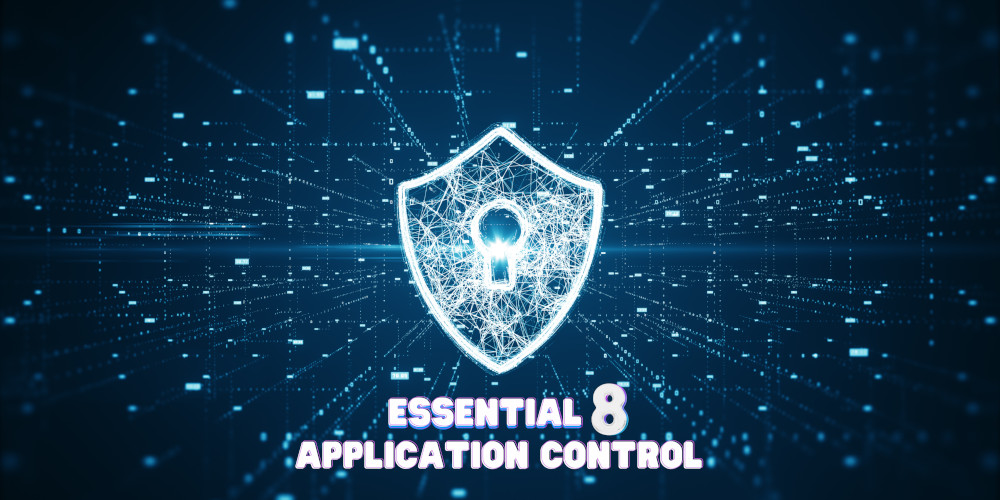
Understanding Application Control: A Key Component of Essential 8 Framework
Running a business in the digital age can be exhilarating, but it also comes with its share of challenges. Cyber threats loom large, posing risks of data breaches, operational disruptions, and reputational damage. You certainly don’t want your business to fall victim to such malicious attacks, right? That’s where securing your systems with various methods becomes crucial. Among these methods, application control stands out as a simple yet effective way to safeguard your devices and networks from unwanted software. In this article, we’ll delve into what application control entails, why it holds immense importance for your business, and how it aligns with the Essential 8 framework.
Understanding Application Control
Imagine your business’s digital environment as a bustling city, with various applications bustling about like pedestrians on the streets. Now, picture application control as the vigilant traffic officer directing which applications can move freely and which ones need to be stopped at the gate. Essentially, application control allows you to decide which software is allowed to run on your systems and which ones are barred entry.
So, why does this matter for your business? Well, think of it this way: just as you wouldn’t want uninvited guests causing chaos at your office party, you don’t want unapproved software wreaking havoc on your digital systems. By implementing application control, you’re essentially placing a security checkpoint at the entrance of your digital world, ensuring only trusted applications gain access.
Why Application Control Matters
Now, let’s break down why application control is such a vital aspect of cybersecurity for your business:
- Protection Against Malicious Threats: Malware, ransomware, and other malicious software can pose significant risks to your business’s digital assets. Application control acts as a shield, preventing these threats from infiltrating your systems and wreaking havoc.
- Prevention of Unapproved Software: Unauthorised software installations can introduce vulnerabilities and compliance issues to your business. With application control in place, you can restrict the installation and execution of unapproved software, ensuring that only authorised applications are permitted to run.
- Compliance with Essential 8 Framework: The Essential 8 framework, developed by the Australian Cyber Security Centre, outlines key strategies for mitigating cybersecurity risks. Application control is one of these strategies, emphasising the importance of managing the execution of applications to enhance security.
Implementing Application Control
Now that you understand the significance of application control, let’s explore how you can implement it in your business:
- Conduct an Application Inventory: Start by identifying all the applications currently running on your systems. Determine which ones are essential for your business operations and which ones may pose security risks.
- Establish Whitelisting Policies: Create a whitelist of approved applications that are allowed to run within your network. Only applications on this whitelist should be permitted to execute, while all others are blocked by default.
- Regularly Update and Patch Software: Keep your approved applications up to date with the latest patches and security updates. Regular software updates help address vulnerabilities and strengthen your overall security posture.
- Educate Your Employees: Train your staff on the importance of application control and how to recognise potential security threats. Encourage them to report any suspicious activity immediately to prevent security breaches.
As a small business owner, safeguarding your digital assets should be a top priority. Application control, as part of the Essential 8 framework, offers a simple yet effective way to enhance your cybersecurity defences. By managing the execution of applications and preventing unauthorised software installations, you can minimise security risks and protect your business from potential threats.
Remember, cyber threats are constantly evolving, so staying vigilant and proactive is key to keeping your business safe and secure. If you have any questions or need assistance implementing application control in your business, don’t hesitate to reach out to us at KeyTech. Our expert team can provide guidance and support to help you keep your data and systems secure, using strategies such as application control.
